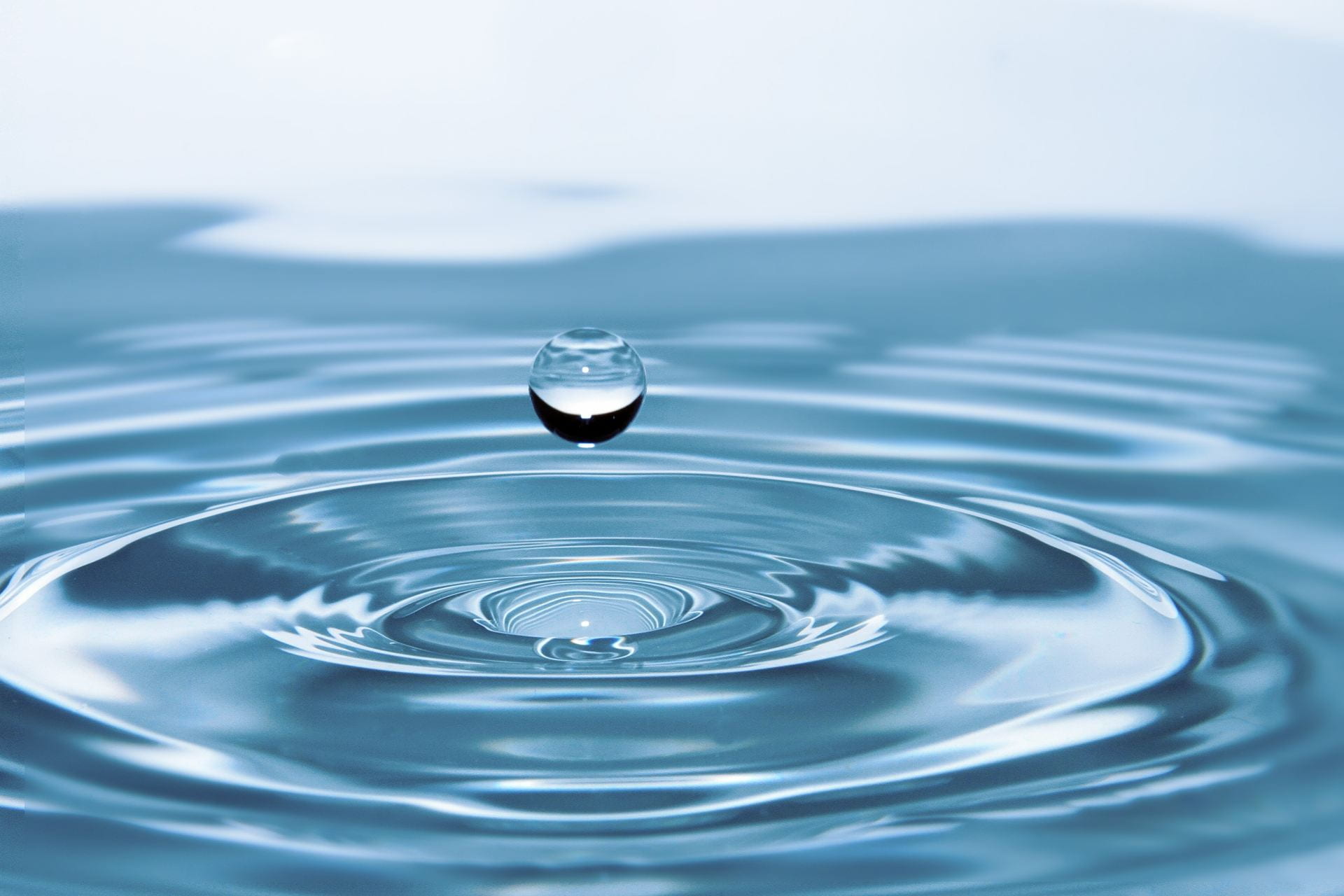Standing in front of a large body of water is a conflicting and intangible phenomenon. You feel small yet connected – lost yet sustained – free yet tethered. The allure of water encapsulates souls in a stagnant turbulence. When you dive beneath the surface, you pierce a portal into another world. Folklore is filled with creatures that lay beneath the surface of this fragmented glass. From the Scottish kelpies – the stallions of the sea – to sirens who lure ill- fated sailors to their doom, to swamp monsters or sea spirits, the human mind can envision entire worlds within mystified waters. But what about the water itself? Why is water so primed for otherworldly manifestations and why is humankind so engrossed with this enigmatic potential?
fated sailors to their doom, to swamp monsters or sea spirits, the human mind can envision entire worlds within mystified waters. But what about the water itself? Why is water so primed for otherworldly manifestations and why is humankind so engrossed with this enigmatic potential?
Water is wondrous. Its magical potential floods lore across the globe, reflecting its conflicting presence and possibility. It’s a tightrope of magical potency where good and evil, health and illness, and life and death coexist. On one hand, water can be a purifying panacea with intrinsic healing powers. The fountain of youth is a prime example of this. Western European folklore is filled with references to springs that restore health and energy. On  the other hand, water’s mysterious instability makes it threatening. As belief in magical water beings demonstrates, danger lies beneath the surface despite its serene glamour – a glamour that reflects the tangible world above.
the other hand, water’s mysterious instability makes it threatening. As belief in magical water beings demonstrates, danger lies beneath the surface despite its serene glamour – a glamour that reflects the tangible world above.
Water is unavoidably vital to the point that its very absence is depleting. In the twelfth century, Gervase of Tillbury described a site of a dried-up lake near Naples referred to as “Birdless,” where every living thing that steps foot on it or flies in the air above dies instantly. The absence of this water does not dissolve the magical effect. Its magical essence lingers. It’s as if this offset of nature corrupts the natural order of things – an inverse magical reaction.
From the trees to the sky to the water of the natural world, magical energy and natural wonders are ever-present; yet water seems to be a focal point. The entire world rests on water. It’s inside humans and flows as the very veins of the earth. According to Gervase of Tilbury, there is a Welsh mountain range and a meadow that, despite possessing a strong earthly foundation, shakes when walked upon, as the water that runs beneath the earth destabilizes the bedrock. Our dependence on the instability of water produces respect, intrigue, and fear, all of which create an unsteady energy charged with magical capacity.
Perhaps water is an extension of the human consciousness: a well of knowledge that typically has a clear surface, but it’s depth and potential is inexplicable. It holds answers we neither know to ask nor how to ask them. It’s an essence of knowledge that’s just out of the mind’s grasp. The essence of water is its capacity for strength, serenity, and bewildered suspense. It offers a direct connection to nature while highlighting the unknowability of the universe. This is wonder. Water is wonder.
By Jenna Ehlinger
Gervase of Tilbury, “Otia Imperialia: Recreation for an Emperor,” ed. S. E. Banks and J. W. Binns (Oxford: Clarendon Press, 2002).
Jessica Hemming, “Animals, Nature, and Calamities,” from A Cultural History of Myth in the Medieval West, ed. Martha Bayless (London: Bloomsbury, forthcoming 2022).
All Images from Adobe Stock
